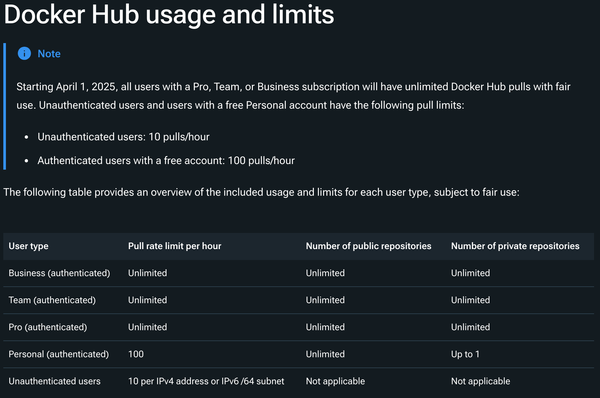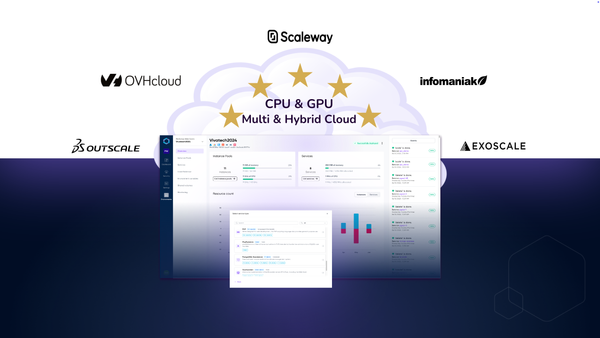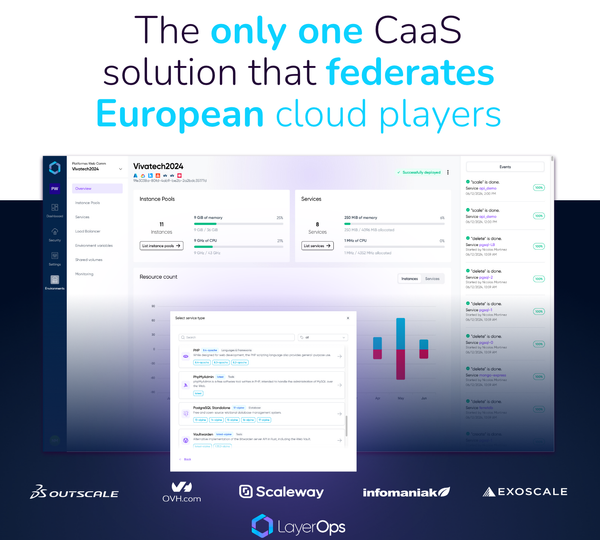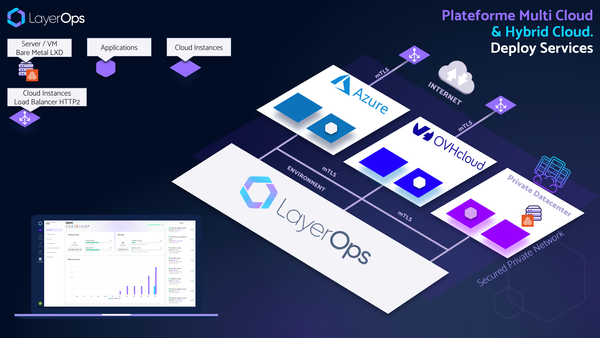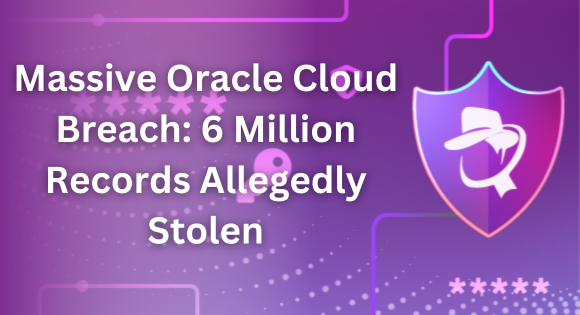
Oracle Cloud Breach Highlights the Crucial Need for Cloud Portability
A recent security incident involving Oracle Cloud has brought critical attention to cloud dependency risks. According to a report by Zataz, a hacker claimed responsibility for compromising Oracle's federated SSO servers, allegedly stealing nearly 6 million records. Although Oracle disputes these claims, the incident underlines a significant reality:
